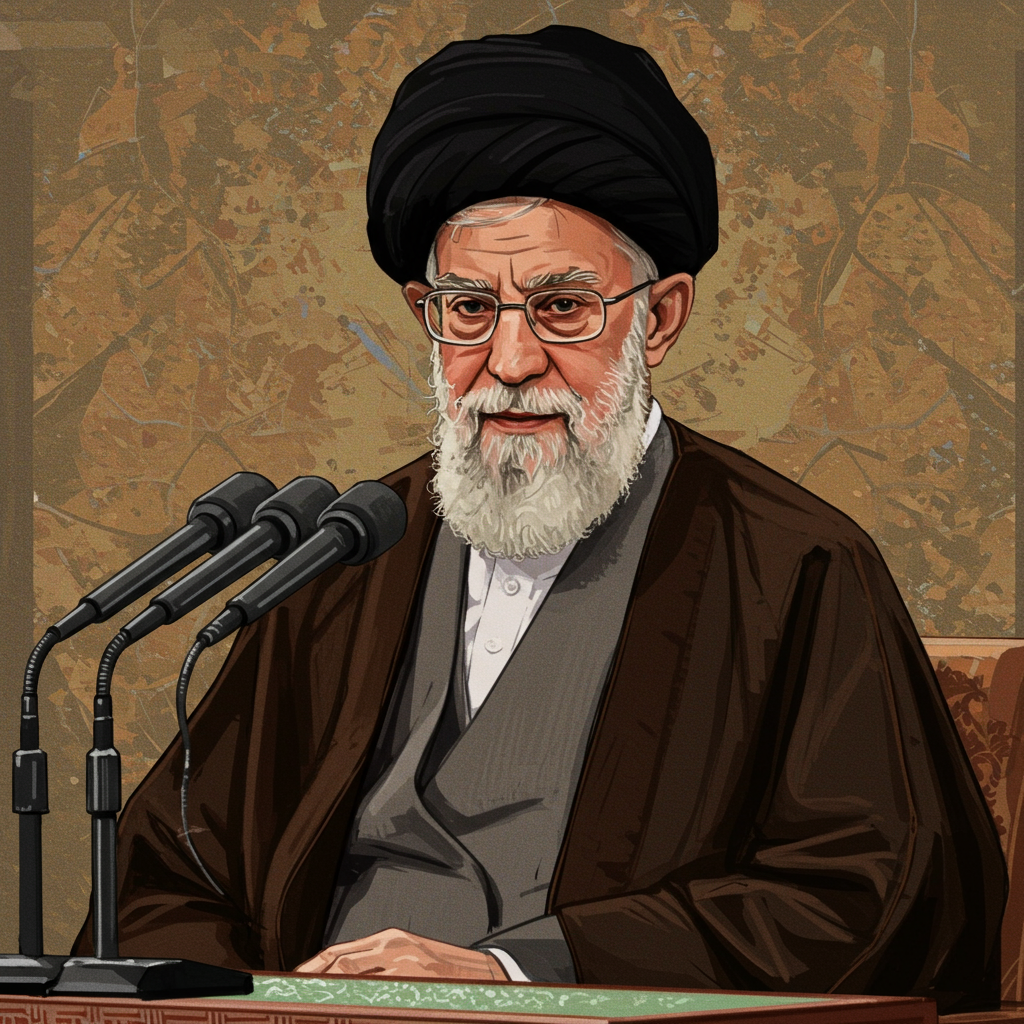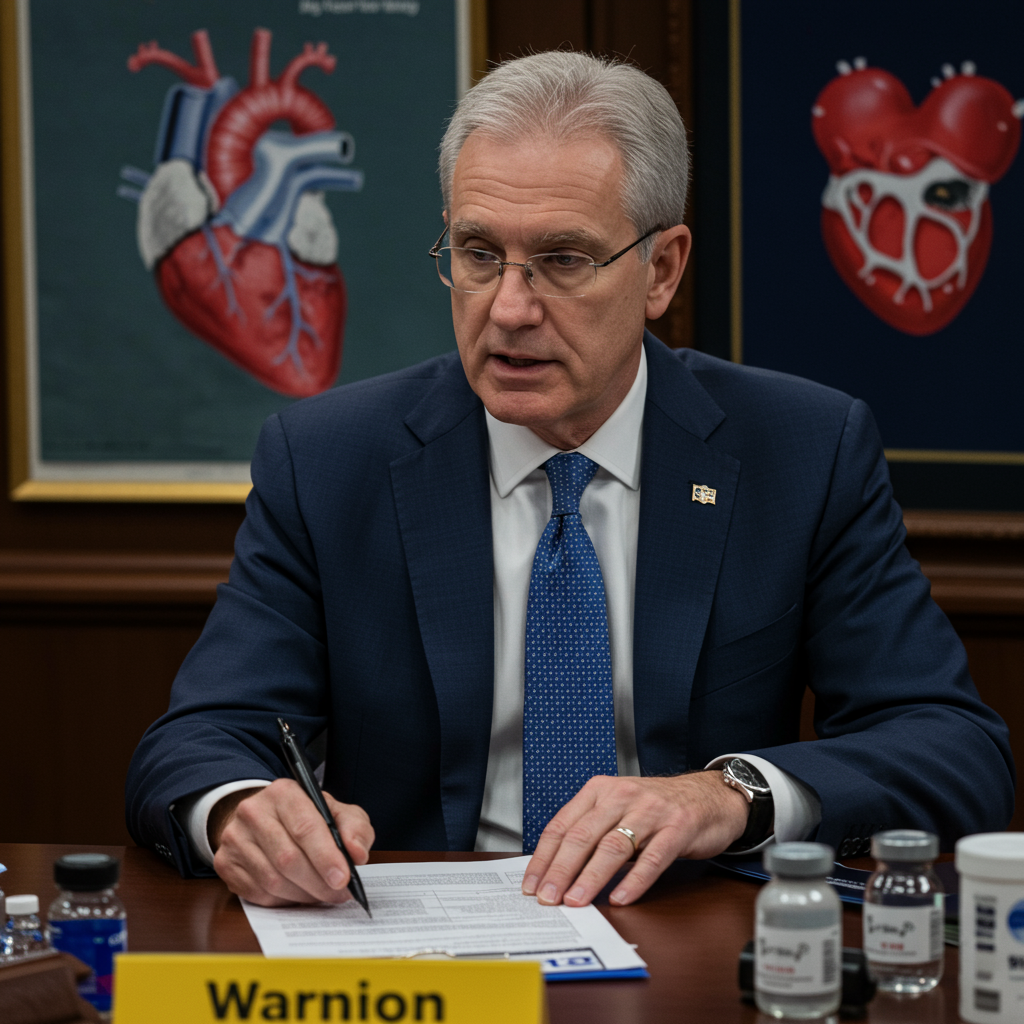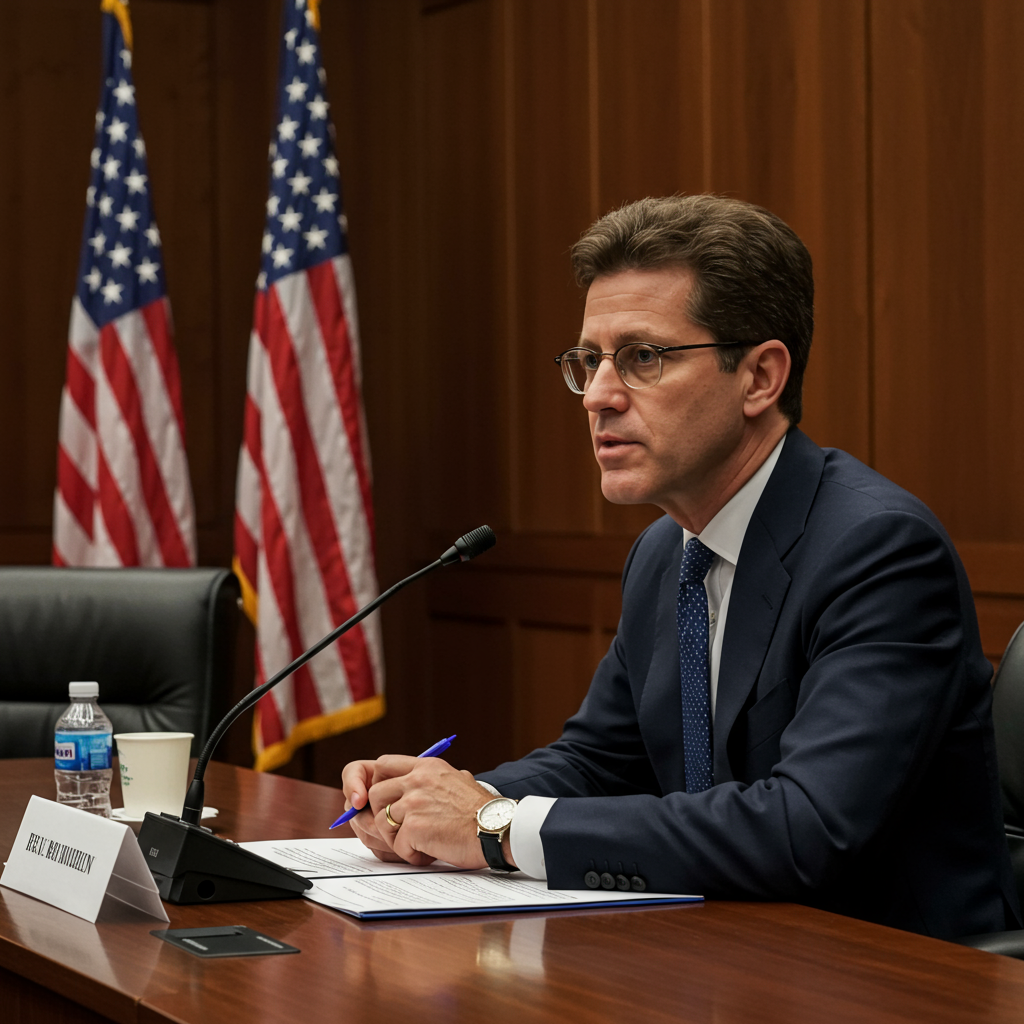Following weeks of intense conflict and speculation, iran’s Supreme Leader, Ayatollah Ali Khamenei, has made his first public appearance, signaling a potential shift after a period of heightened regional tension marked by Israeli and U.S. military actions. His reemergence comes amidst critical questions about the extent of damage to Iran’s nuclear facilities and the future trajectory of its nuclear program and diplomatic relations. This appearance provides a rare glimpse into the leadership dynamics following a conflict that significantly altered the immediate security landscape in the Middle East.
Khamenei’s Reappearance: Details and Context
After a notable absence from public view throughout a recent 12-day conflict with Israel and subsequent U.S. strikes, Iran’s highest authority has been seen in person.
The Specific Event
On Saturday, July 5, 2025, Ayatollah Ali Khamenei attended a mourning ceremony in Tehran. This event was held ahead of Ashura, a deeply significant day in the Shi’ite Muslim calendar commemorating the martyrdom of Imam Hussein. Footage broadcast by state television showed the 86-year-old leader at a mosque near his office, greeting attendees and receiving cheers from the crowd. Witnesses reported he waved and nodded, though state media did not immediately report him delivering a public statement at the ceremony itself. High-ranking Iranian officials were reportedly present under heavy security. At one point, he was noted to have urged a senior spiritual leader to perform a patriotic song that gained popularity during the recent hostilities.
Absence and Speculation During Conflict
During the 12-day period of conflict, which began around June 13, Khamenei’s public visibility was significantly reduced. He reportedly appeared on state television only three times. This limited exposure fueled widespread rumors and speculation that he was in seclusion for security reasons, potentially hiding in an underground bunker. Reports circulated that he and his family had been evacuated to a bunker in northeastern Tehran following the initial Israeli attacks. This period of relative silence from the Supreme Leader stood in stark contrast to his usual presence and commentary on national and international affairs, highlighting the perceived severity of the threat.
Understanding the Recent Iran-Israel/US Conflict
The backdrop to Khamenei’s reappearance is a brief yet exceptionally intense military confrontation. This conflict escalated from a long-standing “shadow war” into direct, overt attacks.
Israeli Strikes and Objectives
The conflict reportedly commenced on June 13, 2025, with extensive air operations launched by Israel against Iran. Israel stated its primary objective was to prevent Iran from developing a nuclear weapon, a goal Tehran consistently denies pursuing. Israeli Air Force strikes targeted numerous key sites across Iran. These included facilities explicitly linked to Iran’s nuclear program, particularly those involved in uranium enrichment, as well as ballistic missile factories and other critical military installations. Israeli officials, including the Prime Minister, declared the operation would continue until their objectives were met, aiming to significantly degrade Iran’s nuclear and military capabilities.
US Intervention and Targets
Adding another layer of complexity, the United States became directly involved in the conflict. On the night of June 22, U.S. aviation conducted strikes on three specific nuclear sites within Iran: Fordow, Natanz, and Isfahan. U.S. President Donald Trump stated the purpose of these strikes was to eliminate Iran’s nuclear threat and claimed the targeted sites were “completely destroyed.” This U.S. action followed heightened tensions and rhetoric between Washington and Tehran. While Iran formally accused the U.S. of involvement in the initial Israeli strikes at an emergency UN Security Council meeting, the U.S. denied those specific allegations but proceeded with its own targeted actions against nuclear infrastructure.
Iranian Response and Casualties
Iran responded to the Israeli and U.S. military actions. In retaliation, Iran launched over 550 ballistic missiles towards Israel. While most of these were reportedly intercepted by defense systems, they resulted in some casualties and damage within Israel, with official figures indicating at least 28 deaths. The impact on Iran itself was significant. Iran’s judiciary reported over 900 deaths resulting from the Israeli strikes. Iranian officials also confirmed significant losses among high-ranking military personnel and atomic scientists. Furthermore, Iran publicly acknowledged serious damage sustained by its critical nuclear facilities targeted in the attacks.
The Aftermath: Damage, Diplomacy, and Nuclear Ambitions
Khamenei’s return to public view coincides with a period of assessment and uncertainty regarding the full impact of the strikes and Iran’s path forward.
Assessing Facility Damage and Uncertainty
Iranian officials have confirmed that nuclear sites like Fordow, Isfahan, and Natanz suffered “seriously damage.” However, the precise extent of this damage remains a subject of international debate and speculation. U.S. officials claimed the targeted facilities were “obliterated,” while reports from major news outlets offered preliminary assessments suggesting the damage was significant but potentially not complete destruction. Iran countered U.S. claims by stating they had evacuated all three targeted sites before the attacks. Crucially, it remains unclear whether Iran managed to relocate enriched uranium or centrifuges from these heavily guarded locations prior to the strikes, complicating the assessment of the long-term impact on their nuclear program timeline.
IAEA Access and Cooperation Issues
In the wake of the attacks and acknowledged damage, Iran has taken steps that further hinder international monitoring of its nuclear activities. Iran has denied access to inspectors from the U.N. nuclear watchdog, the International Atomic Energy Agency (IAEA). Furthermore, Iran’s president ordered the suspension of the country’s cooperation with the IAEA just days before Khamenei’s public appearance. This move is particularly concerning given that Iran had reportedly been enriching uranium to near weapons-grade levels, making transparency and monitoring by the IAEA critical for non-proliferation efforts.
Future Strategy: Repair, Rebuild, Diplomacy
Experts who analyze the Iranian regime’s behavior anticipate that, despite the damage, Iran remains committed to its nuclear ambitions. The prevailing view is that the Islamic Republic’s strategy will involve efforts to “repair, reconstitute and rebuild” its damaged facilities. There is uncertainty, however, about the specific approach Iran will take. Will it pursue this goal openly while engaging in diplomatic negotiations, or will it attempt to go “dark,” conducting activities in secrecy? Analysts suggest the regime will likely employ a diplomatic strategy designed to “rope-a-dope anybody” – essentially buying as much time as possible to facilitate recovery and repair efforts behind the scenes.
Leadership Survival and Security Measures
The period of conflict put Iran’s top leadership, including Khamenei, under significant personal threat, prompting heightened security measures.
Claims and Counter-Claims on Targeting Khamenei
During the peak of hostilities, U.S. President Donald Trump made a notable claim: that Khamenei was still alive because Trump had explicitly instructed Israel not to assassinate him. This assertion was later countered by an Israeli official. According to the Israeli account, Israel did possess the capability to target Khamenei on the first day of their operation but made a conscious decision not to do so at that specific time, prioritizing other targets like senior commanders and scientists. The Israeli official’s statement implies the decision was an independent Israeli choice, not one dictated by the U.S. Later in the conflict, Israel reportedly reconsidered targeting the Iranian leader but was unable to act due to a lack of actionable intelligence as Khamenei went into hiding.
Hiding and Succession Planning
Aware of the significant threat to his life, Khamenei reportedly implemented substantial security protocols while he was out of public view. According to reports, he took measures to secure his personal safety and ensure the continuity of leadership in the event of further strikes. This included reportedly designating three possible successors in quiet moves and selecting replacements for key military commanders, anticipating potential casualties among the top brass. Furthermore, to avoid detection and maintain security, Khamenei is said to have ceased using digital communications entirely, relying instead on communication via a close aide. His public appearance now signifies a return from this period of intense security-driven seclusion.
Rhetoric and Political Posturing
The conflict was also marked by significant verbal exchanges and posturing from both sides, particularly between Khamenei and U.S. President Trump.
Khamenei’s “Victory” Claim
Shortly after a ceasefire reportedly began on June 26, Khamenei issued one of his first public statements in days via a prerecorded message. In this message, he asserted that Iran had delivered a “slap to America’s face” by striking a U.S. air base in Qatar – although reports indicated the missiles launched at that base did not actually hit their target. He also issued a warning against any further attacks by the U.S. or Israel on Iran. Later, on June 26, Khamenei reportedly issued another statement congratulating Iranians on their “victory” over the “American and Zionist regimes,” projecting confidence despite acknowledged significant losses.
Trump’s Responses and Warnings
U.S. President Trump offered sharp public responses to the events and to Khamenei’s statements. Following Khamenei’s initial message, Trump reportedly responded publicly, suggesting Khamenei should “tell the truth” and asserting that Iran “got beat to hell.” Trump also continued to issue warnings, stating on June 28 that he would consider bombing Iran again if uranium enrichment continued dangerously. His claim that he had saved Khamenei’s life by preventing U.S. and Israeli strikes on his hiding location added another layer to the public exchange. Despite the tough rhetoric, Trump also suggested during a NATO summit that the U.S. might reach a new, comprehensive peace agreement with Iran, highlighting the complex and sometimes contradictory messaging surrounding the situation.
Wider Implications
Beyond the immediate political and military context, Khamenei’s appearance occurred amidst other notable events and carries broader cultural significance.
The Ashura Significance
The Ashura ceremony attended by Khamenei is a deeply important religious commemoration for Shi’ite Muslims, marking the 7th-century martyrdom of Hussein, the grandson of Prophet Muhammad. This historical event is foundational to the split between Shi’ite and Sunni Islam. Observing Ashura involves symbolic rituals such as displaying red flags (representing Hussein’s blood) and wearing black (for mourning), alongside fervent practices like chest-beating. Khamenei’s choice to reappear at such a significant religious and cultural event underscores its importance in uniting and mobilizing his support base.
Internet Disruptions
Coincidentally, on the same Saturday as Khamenei’s public appearance, a significant disruption to internet connectivity was reported across Iran by global internet monitors. While unrelated directly to Khamenei’s presence, this disruption corroborated widespread user reports. Authorities had previously shut down telecommunications during the conflict, leading to speculation that the timing might be related to controlling information flow or managing security surrounding the high-profile appearance, though internet access was reportedly restored after approximately two hours.
Frequently Asked Questions
What led to Iran’s Supreme Leader appearing publicly after weeks?
Iran’s Supreme Leader, Ayatollah Ali Khamenei, made his first public appearance on Saturday, July 5, 2025, after being out of sight during a recent 12-day conflict with Israel and subsequent U.S. strikes. His absence fueled speculation he was in seclusion for security. He reappeared to attend a significant religious ceremony ahead of Ashura, a key date in the Shi’ite Muslim calendar, signaling a return to more visible leadership following the intense period of hostilities.
What major events occurred during the recent Iran-Israel and US conflict?
The conflict began around June 13, 2025, with Israeli air strikes targeting Iran’s nuclear and military infrastructure to prevent nuclear weapons development. The U.S. later joined by bombing three specific nuclear sites. Iran retaliated by launching hundreds of ballistic missiles towards Israel. Both sides suffered significant casualties and infrastructure damage, particularly Iran’s nuclear facilities and military leadership. The period also saw intense rhetoric between leaders, including claims about who had the ability to target Khamenei.
What are the key uncertainties regarding Iran’s nuclear program after the recent strikes?
While Iran confirmed its nuclear facilities sustained “serious damage” from Israeli and U.S. strikes, the full extent of the destruction is uncertain. Reports vary on whether sites were “obliterated” or only partially damaged. A major question is whether Iran managed to relocate enriched uranium or centrifuges before the attacks. Adding to this, Iran has since denied IAEA inspectors access and suspended cooperation, making it difficult to assess the current state and future trajectory of their nuclear activities, including potential repair and rebuilding efforts.
Conclusion
Ayatollah Ali Khamenei’s reemergence marks a significant moment following a period of unprecedented direct conflict and targeted strikes against Iran’s nuclear capabilities. His public appearance breaks weeks of speculation about his whereabouts and health, reaffirming his symbolic and authoritative presence at a crucial religious and political juncture. While his return to visibility projects stability, it occurs against a backdrop of acknowledged military losses, significant damage to key infrastructure, and ongoing international scrutiny over Iran’s nuclear program, particularly after the suspension of IAEA cooperation. The coming period will likely involve Iran’s efforts to assess and repair damage while navigating complex diplomatic and security challenges, potentially employing strategic ambiguity regarding its nuclear ambitions to buy time and rebuild. The path ahead remains uncertain, but Khamenei’s public return underscores the regime’s resilience and continued leadership amidst profound regional tensions.




